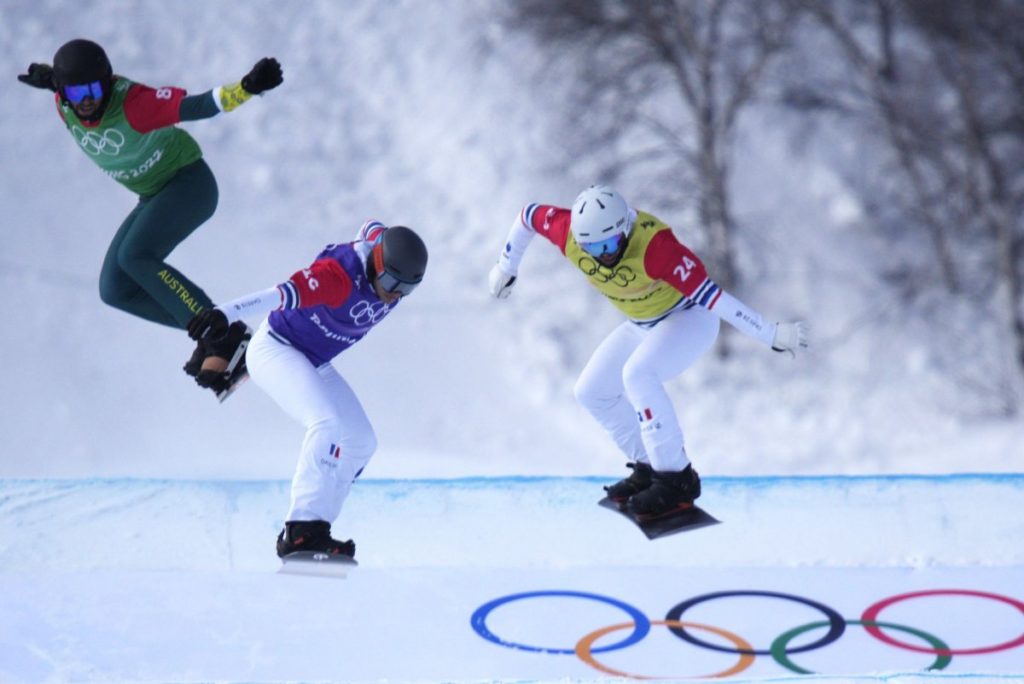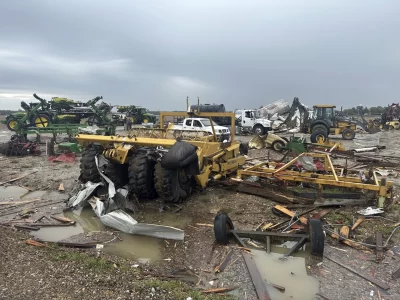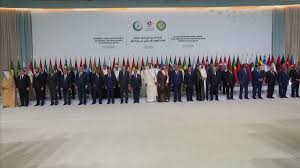
The fate of the Winter Olympics, one of the world’s most prestigious athletic events, is in danger, scientists say, due to the impact that global climate change could have if left unchecked. Without changes to global emissions, climate change could make it impossible for most of the current host sites to maintain conditions that are conducive to the Winter Games.
The trend of warming winters has already been making it harder to keep snow on the ground at many of the 21 cities that previously hosted winter games.
Over the past century, nearly two dozen cities around the globe have hosted the Winter Games. This includes North American destinations such as Vancouver and Salt Lake City, European winter hotspots such as Innsbruck, Austria, and Turin, Italy, and Asian cities such as PyeongChang, South Korea, and Nagano, Japan.
On Feb. 3, the 24th Olympic Winter Games began in Beijing, and according to Sports Illustrated, it’s the first time that an Olympic host city has had to rely entirely on artificial snow.
According to a recent study by researchers with the University of Waterloo in Ontario, Canada, February temperatures in the 19 previous Winter Olympics host cities since 1950 have risen considerably. Since 1950, these cities have experienced an average of a 4.8-degree Fahrenheit rise in temperature. Over that same period, Beijing has warmed 8.9 F.
The above graphic shows the current state of the climate in the past Winter Olympics host cities and their projected fate in 2050 and 2080 under a high emissions scenario. (Photo/ClimateCentral).
Daniel Scott, a professor of Geography and Environmental Management at the University of Waterloo, and one of the authors of the study, told AccuWeather National Reporter Bill Wadell that “right now, with the current climate, about half the hosts can provide really good [snow] conditions 90% of the time or better.”
Scott and fellow researchers projected what these cities could look like going forward, both in 2050 and 2080, if reductions in global emissions aren’t made.
“Under a high-emission scenario, if we continue down the path we are on now, we are left with about four climate-reliable locations mid-century, and we’re down to one in the late century,” Scott explained.
The four cities projected to remain climate-reliable in 2050 are Lake Placid, New York, Lillehammer and Oslo, Norway, and Sapporo, Japan.
Of the above four cities, the only climate-reliable city by 2080, assuming global emissions aren’t curbed, will be Sapporo, according to the study.
In a low-emissions scenario, which is in alignment with the goals of the Paris Climate Agreement, nine of 21 host cities would have reliable February conditions by the 2050s, and the number would dip to only eight by the 2080s, according to the study.
CLICK HERE FOR THE FREE ACCUWEATHER APP
“We’re seeing some real effects on our winter sports prospects from the climate crisis, and it really is threatening the ski industry,” the former mayor of Salt Lake City, Rocky Anderson, said of the changes he has seen in Utah since the Winter Games were hosted in the city back in 2002.
“The burning of fossil fuels is really posing an immense threat to winter sports venues all over the world,” Anderson told Wadell.
February temperatures in Salt Lake City have risen nearly 3 degrees since 1950, according to Climate Central.







